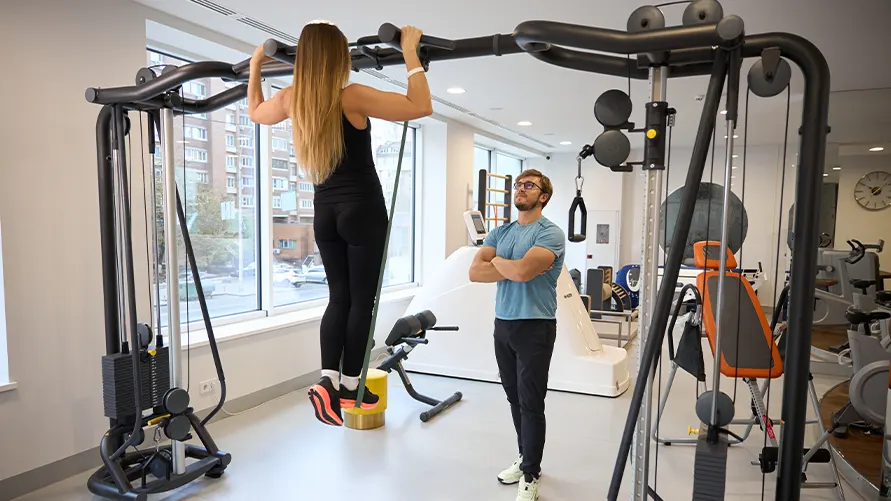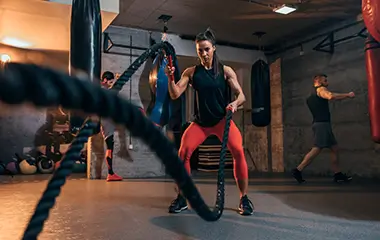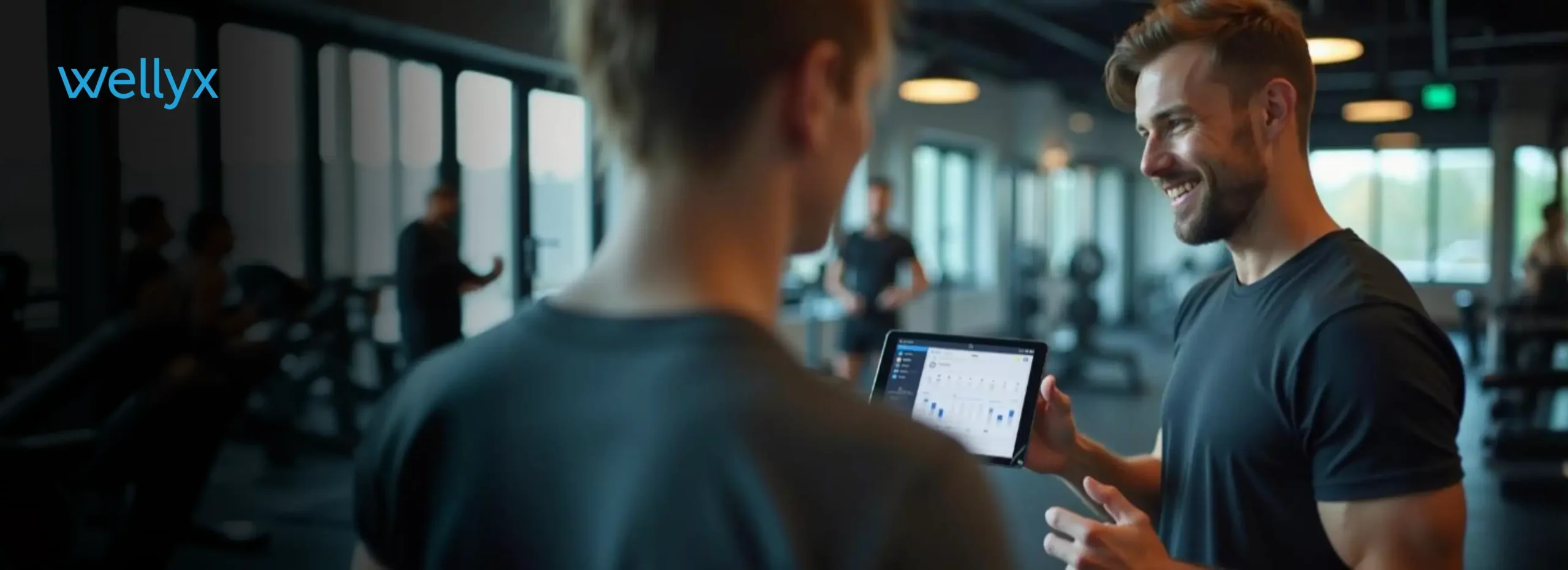People do not walk into gyms just to lose weight or build muscle. They walk in with hope. Hope to feel better, look better, or just do better in life. Some want to get fit for their wedding. Some want to keep up with their kids without getting tired. Others just want to look in the mirror and smile. But here is the truth: you will never know what they need if you do not ask the right questions. And if you do not know that, how can you give them the right plan?
That is where the personal training questionnaire comes in.
Many personal trainers overlook this. They think it is just a form. Just a few boxes to tick. But no, this form is the first step in turning a stranger into a loyal member. It is the handshake before the workout. The quiet moment before the grind. It is where they open up, and you listen. If done right, it creates trust. And trust keeps people coming back.

The good news? Building a great questionnaire doesn’t take hours. You can use a template from any good personal training management software and ask what matters.
Start with their why
Everyone has a reason. But most people do not say it out loud until someone asks. So the first part of your form should help them tell their story. Ask questions that go deeper than just “what are your goals?” Instead, ask things like:
- What made you come in today?
- Is there something in your life that made fitness a priority right now?
These questions get people thinking. They feel seen. And once they write it down, it becomes real for them too.
According to a 2023 report by IHSRA, gyms that used personalized onboarding forms saw a 40% increase in client retention in the first six months. That is proof that this step works.
Make it personal, not clinical
Nobody likes filling out forms that feel like a hospital visit. If your questionnaire is too cold, long, or complicated, either rush through it or skip parts. Keep it warm and short. Use simple words. Ask with kindness.
Instead of asking, “Do you have any medical conditions that limit physical exertion?” just say, “Is there anything we should know about your health to keep you safe during training?”
Use words that feel human. Words that a child could read and understand. This builds comfort.
Ask about their lifestyle
What they do outside the gym matters just as much as what they do inside. A great trainer sees the whole picture. So add questions that uncover daily habits:
- How many hours of sleep do you get?
- Do you work at a desk most of the day?
- How often do you feel tired during the day?
- What does a normal day of eating look like?
Do not judge the answers. Just collect them. These details help trainers build a better, more realistic plan.
According to the 2022 NASM study, 60% of client setbacks are caused by issues outside the gym, such as sleep, stress, and food choices. So do not skip these.
Include how they like to train
Not everyone wants to lift heavy or run fast. Some people like to dance. Others want to stretch. Some love loud music. Others hate it. Find out what makes them tick.
Ask:
- What kind of training do you enjoy most?
- Do you like to train alone or with others?
- What time of day do you feel most energetic?
When you know what they enjoy, giving them workouts they will stick with is easier. And when people like what they do, they show up. Again and again.
Do not forget the emotional part
This part is gold. Most gyms skip it. But it is where real connections happen.
Ask things like:
- How do you feel proud, calm, and powerful after a session?
- What’s one thing you wish you could do that you can not do yet?
- How would your life change if you reached your fitness goals?
These answers tell you more than any fitness tracker ever could. They tell you who this person is. And that helps you lead them better.
Help them with time
One of the biggest reasons people quit is a lack of time. So ask:
- What days and times work best for you?
- What usually stops you from coming to the gym?
- If you miss a session, what is the most likely reason?
Once you know their blocks, you can help remove them by setting shorter sessions, offering reminders, or even a quick check-in on WhatsApp. It all helps.

A survey showed that 42% of people quit fitness programs due to a lack of time or motivation. So, knowing this early gives you the edge.
Make it friendly to fill
Keep your form short. No more than 10-12 questions. Use big text. Lots of space. If you can, make it digital—tablets at the front desk or links you can send. Forms with a friendly design are 17% more likely to be fully completed.
10 smart personal training questions that work
- What brings you to the gym today?
- What do you want to feel different in your body or life in three months?
- Have you ever worked with a personal trainer before? How did it go?
- Are there injuries or pains we should be aware of?
- How many times a week would you like to train?
- What kind of exercise do you enjoy the most?
- What’s one fitness goal you have tried before but did not reach?
- What is your biggest worry about starting this plan?
- Do you prefer training with loud music, soft music, or silence?
- Is there anything else you would like to share to help us serve you better?
The final word
Your gym is more than just equipment—it’s about the experience. And that experience starts with how you welcome someone. The personal training questionnaire is your first moment to show that you care. Your quiet promise is that you will listen, guide, and stay by their side.
Do not waste that chance with a boring form. Build something real. Something that speaks like a person, not a robot. And when you do, your clients will feel it, and they will stay.
Want a ready-made, editable template for this questionnaire? Use the Wellyx built-in template and build a more personal connection with your members.





